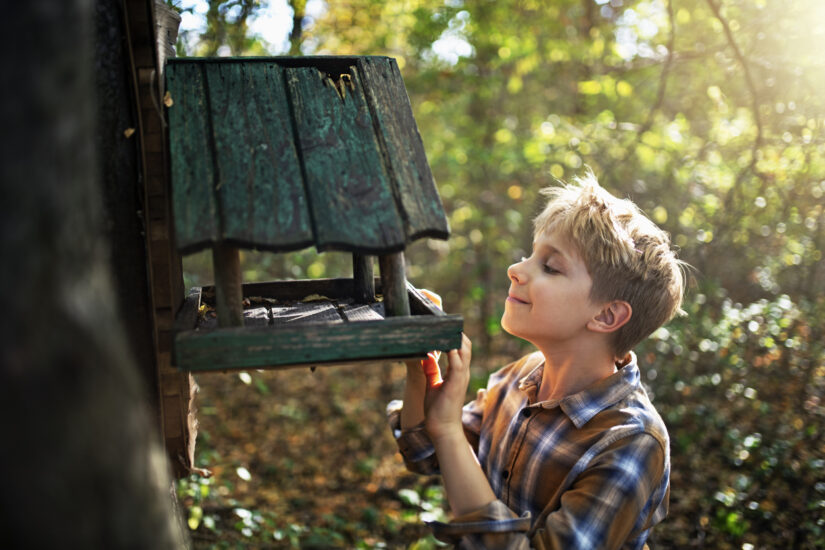Learning about biology concepts through local wildlife in spring helps children connect more deeply with the natural world around them.
As plants bloom and animals become more active, it’s the perfect time for kids to observe life cycles, adaptation, and ecological balance firsthand.
By exploring local ecosystems, children gain insights into how science relates to everyday life, and this makes biology concepts easier to grasp and retain.
These simple ideas are designed to build both knowledge and respect for the delicate systems that sustain life.
Create a Backyard Wildlife Journal
Encourage children to record daily or weekly observations of animals, plants, and weather in a notebook. They can sketch what they see, note dates, times, and conditions, and describe behaviours or changes. This helps develop scientific observation and recording skills while introducing concepts like habitats, biodiversity, and seasonal cycles. Over time, kids will see patterns in wildlife activity and understand how living things interact with their environment throughout spring.
Build a Simple Bird or Insect Feeder
Using recycled materials like milk cartons or plastic bottles, help children build a feeder to attract birds or insects. Fill it with seeds, fruit, or sugar water and hang it in a quiet spot. Encourage kids to monitor which species visit and how often. This hands-on project teaches about feeding relationships, food webs, and the role of pollinators. It also helps children see how food availability influences animal behaviour and survival.
Record Insect Activity as Bees and Butterflies Reappear
Provide children with a magnifying glass and notebook to observe insects in the garden or park. Ask them to count how many they see, describe colours and shapes, and note which plants they visit. This encourages close attention to detail and introduces biological ideas like pollination, adaptation, and interdependence between species. By observing insect behaviour, children learn how these creatures help plants reproduce and keep ecosystems balanced during spring.
Look for Native Wildflowers Beginning to Bloom
Take children on a spring walk to spot native wildflowers in local parks, bushland reserves, or along quiet roadside verges. Bring a field guide or use a plant identification app like iNaturalist to help name each species you discover. Encourage kids to record observations in a notebook by sketching flowers, noting colours, shapes, and the types of insects visiting them. Discuss how bees transfer pollen, why certain flowers attract specific pollinators, and how plants adapt to seasonal changes in temperature, rainfall, and light.
Visit a Local Nature Reserve or Wildlife Sanctuary
Plan a family trip to a nearby reserve or sanctuary to see animals in their natural habitats. Encourage children to ask questions, take photos, and talk with rangers or volunteers. They’ll learn about ecosystems, conservation, and the importance of protecting native species. Seeing different habitats firsthand helps connect classroom biology ideas, such as food chains, adaptation, and ecological balance, to real-world environments, deepening their understanding of local biodiversity.
How We Helps Students Excel in Biology
At Tutor Doctor, we help students bring biology to life by connecting concepts to the world around them. Our personalised tutoring builds understanding through hands-on learning, discussion, and real-world examples.
Whether exploring ecosystems, genetics, or human biology, we tailor lessons to each student’s interests and learning style. By linking topics like local wildlife or seasonal change to core scientific principles, we make biology engaging and relevant, helping students not only memorise facts but truly understand how living systems work.
Contact us for a free consultation.




